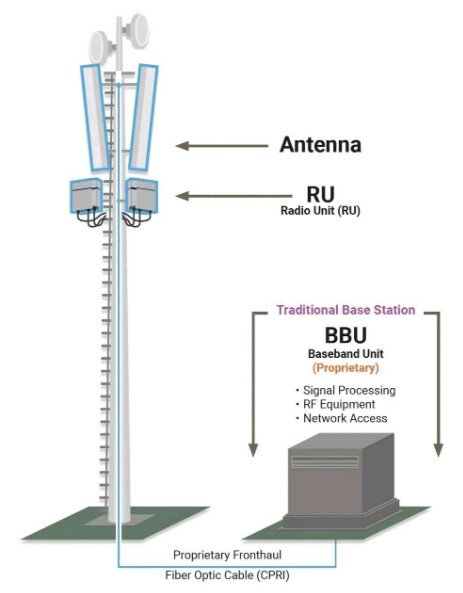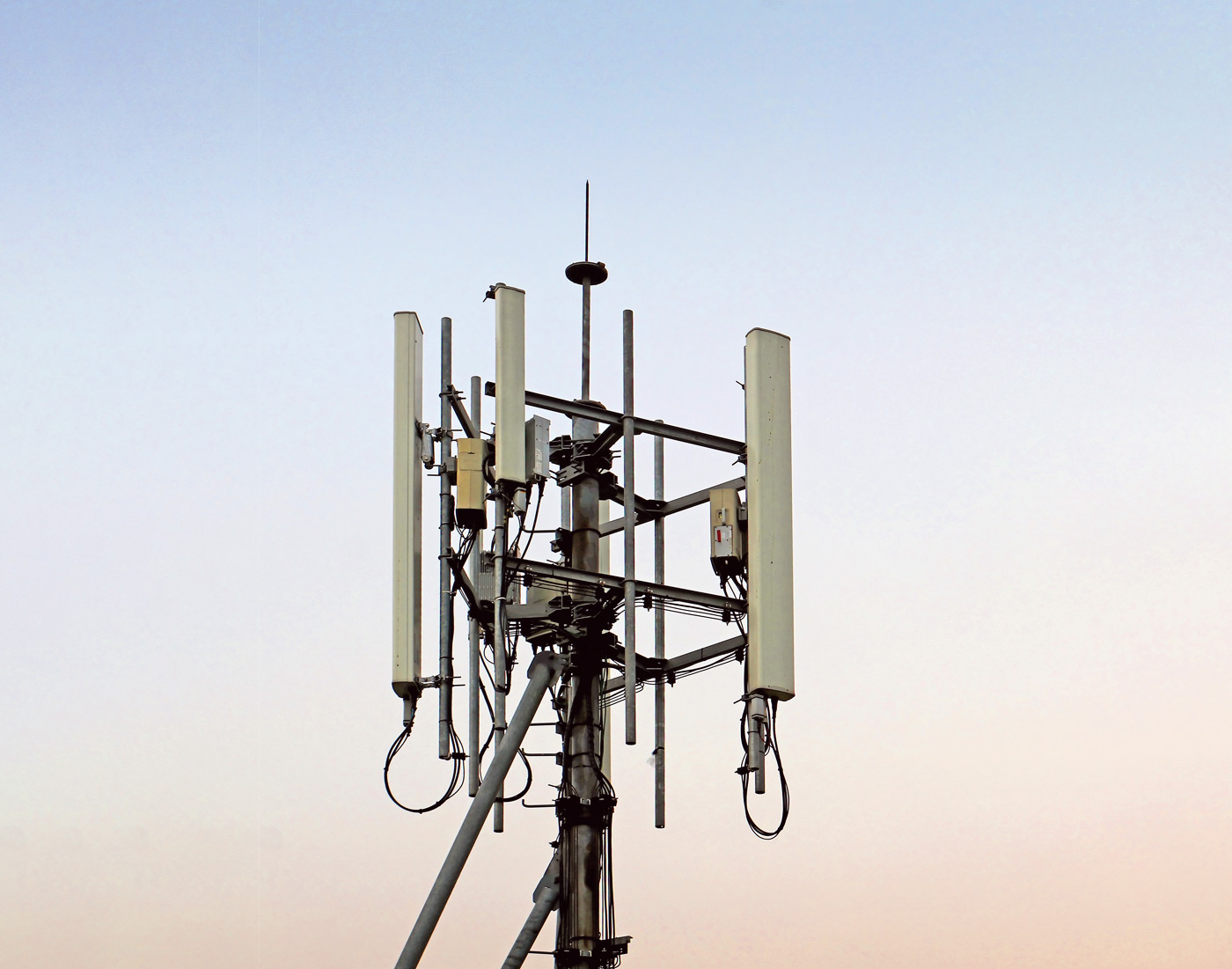[ad_1]
Hello.
Feedback is always well and good, as it gives you a reason to talk about topics you didn’t even intend to touch on. I wrote an article about Chinese base stations, how many of them Russia needs, and what is happening in this market.
I found an interesting comment:
“Base stations have a long service life – about 8-10 years, the modular design shows the possibility of modernization, and therefore, during operation, the life cycle can be extended. Someone is lying, Or the author of a catastrophic article, because 2025 does not come in 8-10 years, but in 2. Or those who claim that the service life of stations is 8-10 years.”
During the discussion, I realized that people do not understand base stations and industrial equipment as a class:
“So you tell us which ones were delivered, how many and when. And answer the above question to someone whose computer has been working since 2009. I might add that my computer at work has been working since 2006 without any problems.” Working with no problems, only one HDD broke and replaced it. But there are moving parts. What could break in a base station?”
It’s time to start an education program (many may not remember, but it’s short for literacy). Oh, oh, I hope you remember about the educational program, after comments like this I make these curtseys. Agree that comparing computers and base stations requires some skill; The equipment load varies substantially, so the base station operates 24/7 throughout its service life. This is not the case with any computer; The burden on him is not so prohibitive. And don’t forget about refrigerators! Although they operate 24/7, the load on them does not change when the power changes.
Now I am ready to tell you the worst kept secret of any operator, which he keeps like the apple of his eye! But first, let’s look at the base station. I’m sure you’ve seen base stations many times in your life; They surround us almost everywhere.

A modern base station is a construction kit that can be divided into external and internal parts. Outside is the RRH (Remote Radio Head, alternatively RRU – Remote Radio Unit) – these are the blocks that transmit and receive signals from our devices. Don’t confuse them with the antennas that these units connect to. They amplify, filter, and send signals through antennas, but are not antennas themselves. Think of it as the radio part of the base station. Inside the base station is a BBU (Baseband Unit), which is responsible for signal processing, network connection, data processing and control of the entire base station.
The base station’s modular design means that if one of the components fails, you can replace it without any hassle, while the station itself continues to function. Today’s base stations are modular designs that have both added redundancy and the ability to upgrade in working order. And here we come to the first myth of cellular communication – base station malfunction.
There’s only one way to destroy a base station: burn it to the ground, or blow it up. This happens in life, but these are isolated cases. During normal operation, individual parts of the base station break down and are quickly replaced.
Each operator has information about what base stations fail, how often and for what reasons, which is a trade secret. Network functioning as well as performance indicators depend on it; In principle no one shares this data. And when they say the average lifespan of a base station is 5-7 years, that’s not the lifespan of specific equipment once installed and in use. This is the average age of a base station with most components replaced. It’s a period of component depreciation, if you will, because physically the same base station will be located there, with the same number in the network, but within those five to seven years, approximately Everything will change. We can say exactly the same about the 10-12 year period, it is a kind of virtual value, it depends directly on accounting.
Comparison with domestic devices is basically impossible here. For example, your refrigerator either works or it doesn’t. You can fix it when it breaks, but you don’t permanently replace its components, as with base stations. Moreover, the change of some components creates the conditions for the introduction of new generations of communication; Many of our base stations are 5G ready because of this, and this is normal.
At base stations, the power supply often fails (backup batteries don’t count, they are usable). The routine of changing them does not raise any questions; They are “burned” by the weather, by various reversals of fortune. Nothing unusual here, it’s business as usual. Second is Radio Unit and third is BBU.
In recent years, major European companies (Ericsson, Nokia) have reduced the price of base stations, which affects their service life; It has decreased. Chinese companies, no matter how ridiculous it may seem (Huawei, ZTE), on the contrary, have raised their standards. So, you can see a spread in base station service life estimates of 7-15 years, they all have a right to life, the range is exactly the same.
The black swan for the telecom market is climate, sudden changes in temperature, which both increase and decrease stress equipment. For example, in summer, the active cannot cope with cooling, which leads to the failure of some base station modules.
We took a schematic look at how base stations are built and what can go wrong with them. I won’t give ratios and release dates for individual components; They vary from vendor to vendor as well as represent trade secrets (and this is very important information for analysis).
Now let’s discuss how base stations fail and how their required number is calculated. Base stations are gradually being put into operation, for example, in 2022, about 44 thousand of them were added (Ministry of Digital Development data). First, it is an extension of network coverage, not a replacement of existing base stations. Today, the total number of base stations in Russia is more than 800 thousand. And here we come to the main trick of telecom – the number of base stations is important for evaluating networks, but the number of new stations shows the expansion of the network, not the failure of old stations. Individual modules fail and need to be accounted for, not the base station itself; They are formally eternal. And when we say that cellular networks need such and such base stations to maintain their operation, it is not a station, but a set of modules that are required to operate the network, the bricks that Make BS. In this logic, the base station, by definition, cannot “break”.
Let us return to the gradual expansion of networks and the emergence of base stations. Here the model looks very simple, every equipment has its own life, it starts to fail gradually, not all at once. And the presence of old/new equipment creates the number of failures and expectations of the need to replace the same modules (and this is without taking into account all types of force majeure involved in such a model). Simple calculation – I bought so many stations, they will last for so many years, they don’t work here. Cellular networks are a complex product with many variables that need to be considered.
In this aspect, operators that have been actively building in recent years (for example, Beeline) are in a better position than those that have moderately increased the number of base stations. For the latter, the costs of updating equipment will be higher, as the percentage of failures in certain components will increase. But even here it cannot be said that the situation is same for all the regions and depends only on the operator. If the equipment is old and rotten, there will be problems. Somewhere not like that? But in any case, we are approaching a situation where the networks may be decommissioned in 2025, because there are not enough funds to update them, the operators don’t have enough money, and all Savings are being made across the board, including on failover modules. It has gotten to the point where many things are being repaired on site, even though they were previously replaced with new units. It partially provides a way out of the situation, but the reliability of such equipment is low, which is logical. Networks are dying, and we need to keep them in working order in the face of ever-increasing loads.
I hope that such an educational program, with a clear and deliberate simplification of some points, will make it possible to understand how networks are structured and what equipment fails. Even the strangest and most narrow-minded comments can give reason to talk about the market and explain how it works. I hope this text was useful for you.



